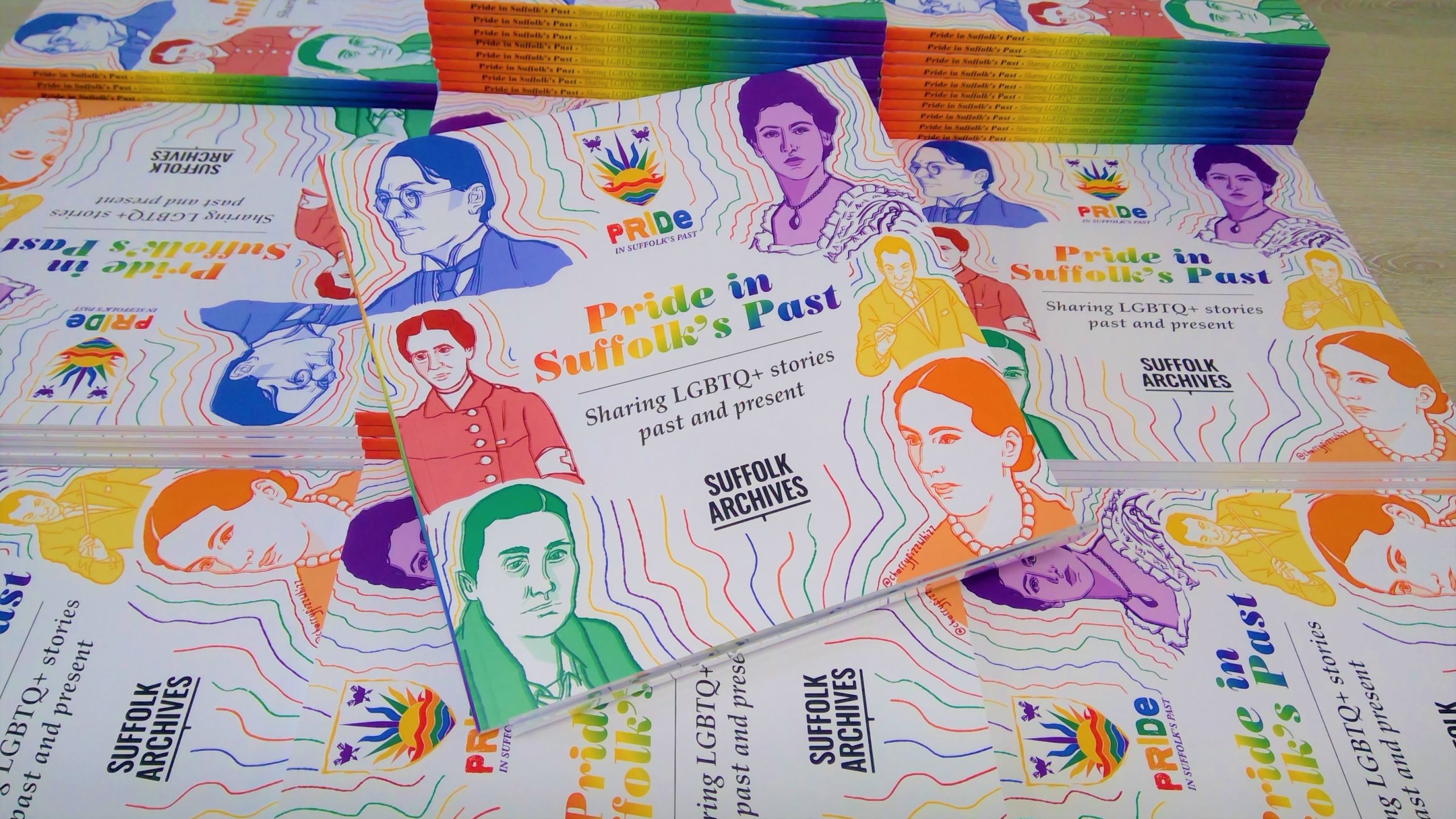Pride in Suffolk's Past
Sharing LGBTQ+ stories past and present

Pride in Suffolk's Past
Pride in Suffolk’s Past explores the hidden histories of lesbian, gay, bisexual, transgender and gender non-conforming people in Suffolk’s past. Due to legal and social repression these stories have all too often gone untold. Through original documents found in Suffolk Archives and local collections, these experiences can be shared for future generations to understand how things have changed over time and what work is still to be done.
Alongside contributions shared by the LGBTQ+ community in Suffolk today and discussion pieces, Pride in Suffolk’s Past presents the experiences of Suffolk residents through a period of significant change in attitudes towards sexuality and gender identity.
Pride in Suffolk’s Past is a Sharing Suffolk Stories project which supports Suffolk’s LGBTQ+ community to share their stories, past and present.
This online display is just a taster of the full exhibition at The Hold – tickets for the exhibition can be book online here, or you can order the Pride in Suffolk’s Past book to read at home.

Catherine Duleep Singh
Catherine Hilda Duleep Singh (1871-1942) was a suffragist and the second daughter of the Maharaja Duleep Singh, who had been exiled in Britain after the Anglo-Sikh War. The family lived in Elveden Hall in Suffolk.
Duleep Singh and her sisters were debutantes at Buckingham Palace in 1895, marking their entry into high society. She was a member of the National Union of Women’s Suffrage Societies (NUWSS), pursuing a much less militant approach to the suffrage movement than her sister, Sophia.
She had a life-long relationship with Fraulein Lina Schafer who was originally her governess as a young girl. Their affection for one another grew over time and the pair lived together for the rest of their lives. In 1904 Duleep Singh and Schafer moved to Kassel in Germany.
Catherine helped many Jewish families escape from Germany when the Nazis came into power, some even being house in Duleep Singh’s home in England. Schafer died in 1938 and despite her desire to stay in the house in Kassel, Duleep Singh fled from Nazi Germany. When she died in 1942, she requested in her will that a quarter of her ashes be buried as near as possible to Schafer’s grave.
Sophia Duleep Singh described their relationship as an ‘intimate’ one and in 1997 an account and deposit box was discovered which was jointly owned by Catherine Duleep Singh and Lina Schafer, indicating their commitment as a couple.
Images courtesy of Peter Bance
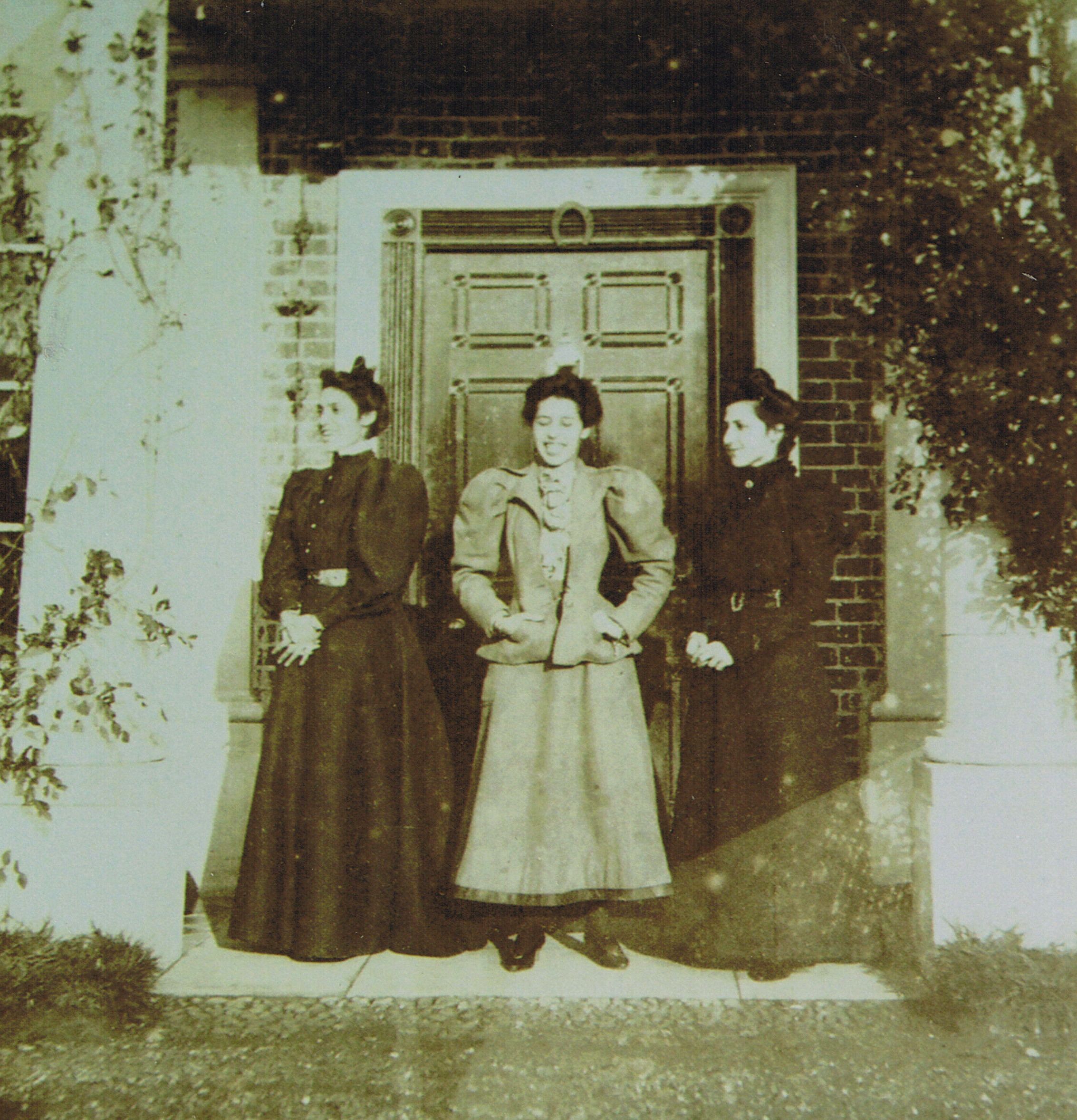
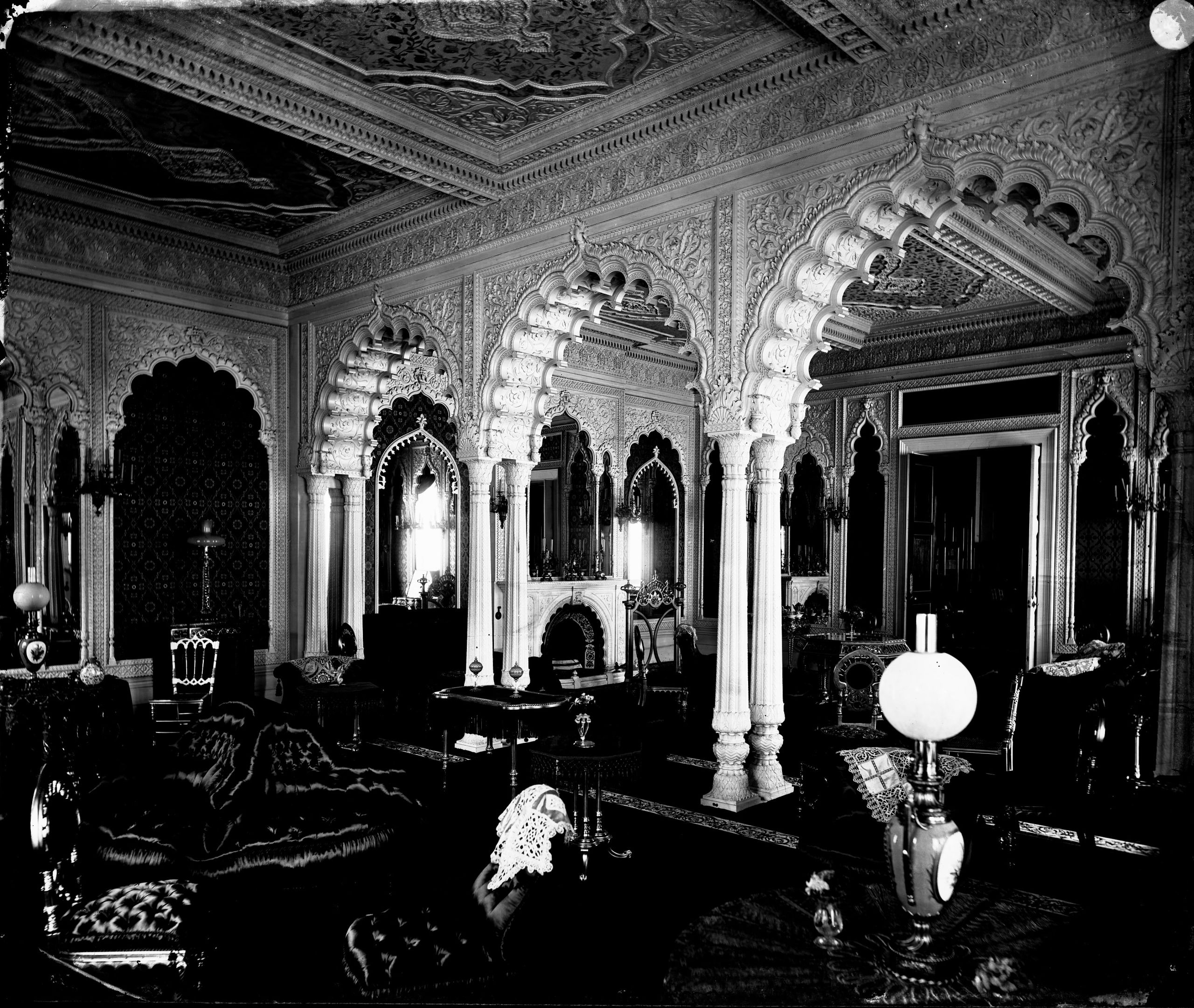
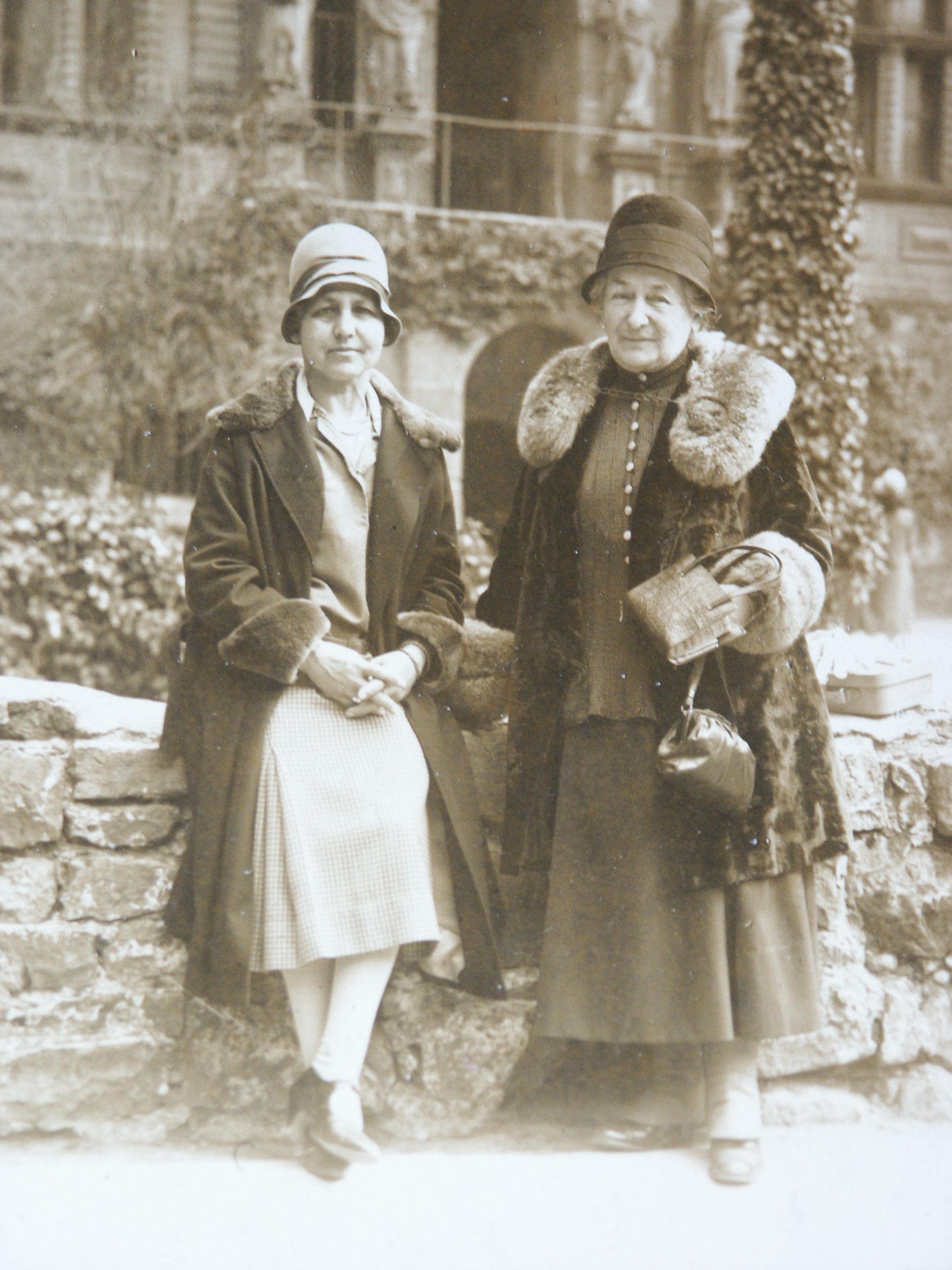
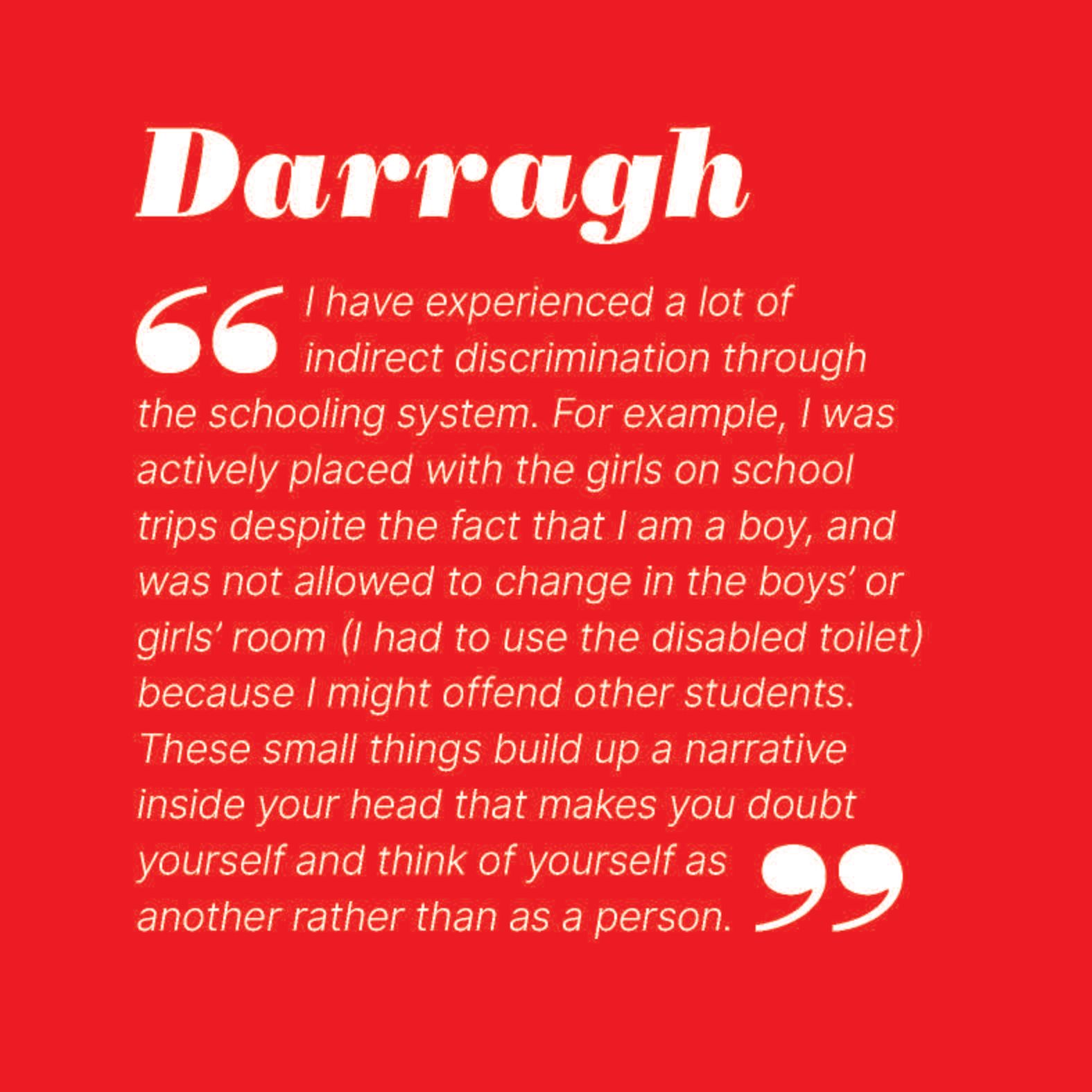
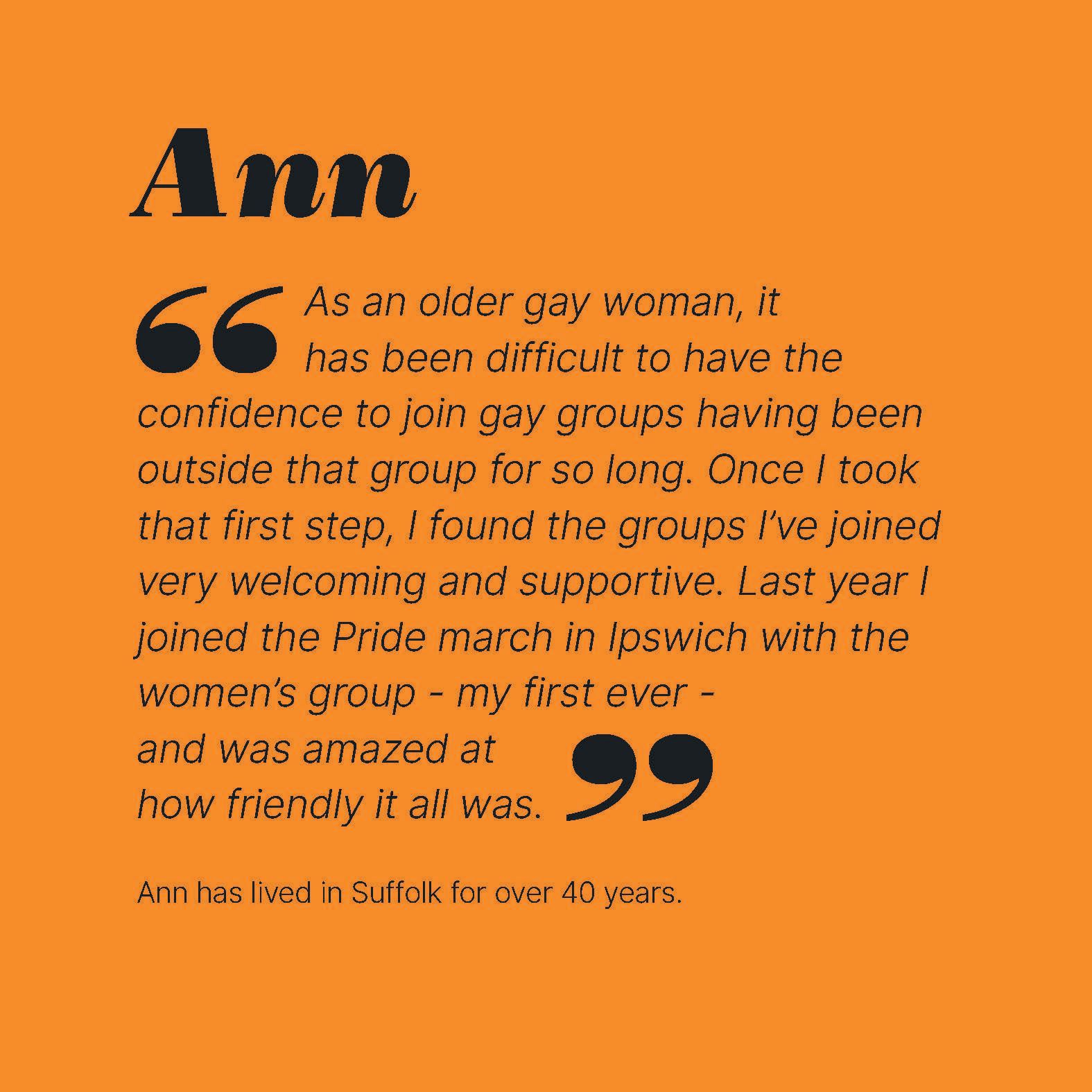

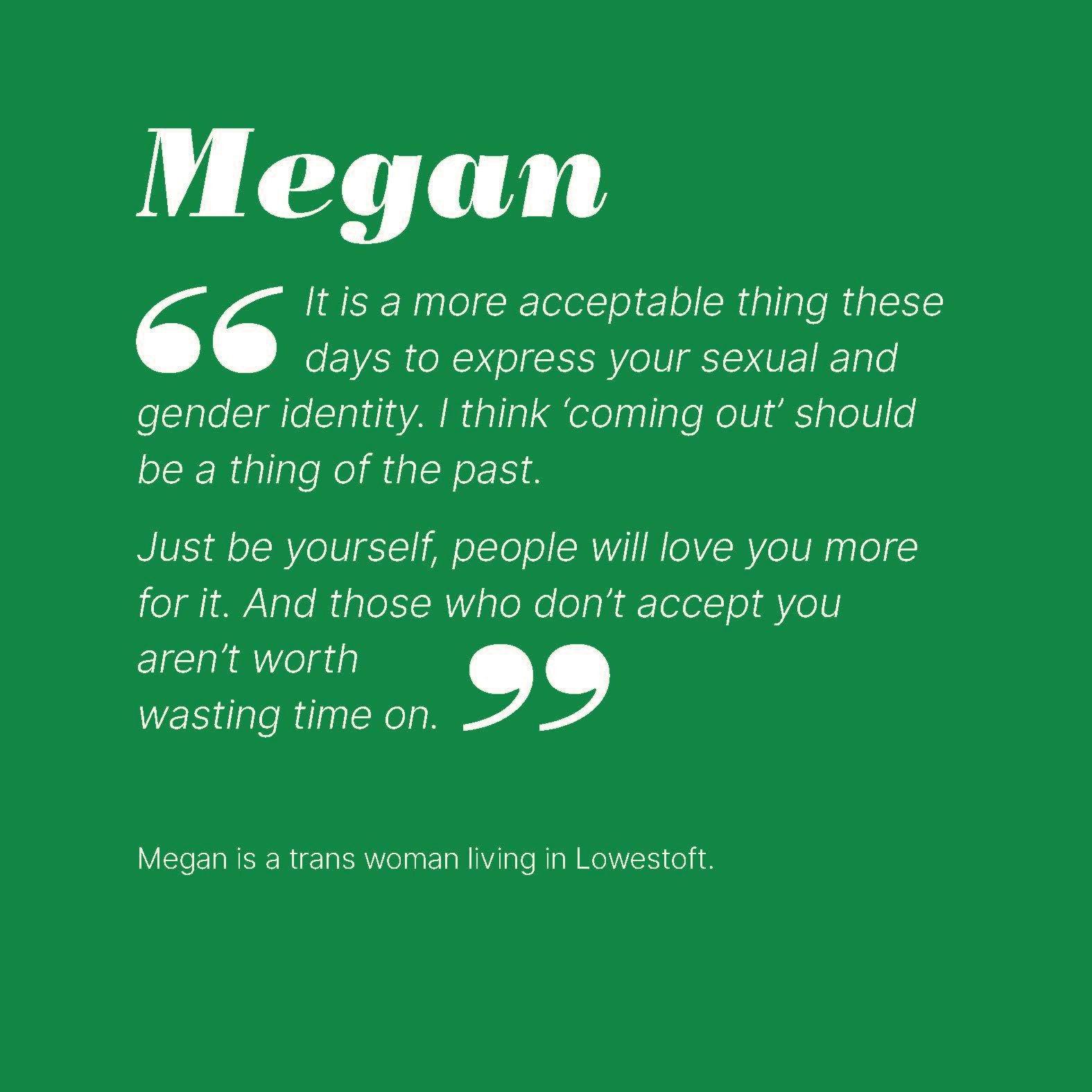




Colonel Barker
Colonel Barker, who was assigned female at their birth on 27th August 1895, lived an extraordinary life filled with different identities, careers, relationships and criminal convictions. Throughout the years Barker was also known by the names Leslie Ivor, Victor Gauntlett, Bligh Barker and John Hill; married twice to a man then a woman; bore a child; served a prison sentence for fraud and attracted spectacular crowds to a peep show on Blackpool Marquee in 1937.
It is difficult to know whether Colonel Barker would have lived such a secretive and eventful life, had it not been for the societal attitudes surrounding same sex relationships and gender that existed at the time.
Life started out in a seemingly traditional manner. After Barker’s coming out party in 1914 (a party where a young debutante woman is formally introduced to society), Barker took up work as a nurse, an ambulance driver and a member of the Women’s Auxiliary Air Force. Barker married an Australian army officer, Lt. Harold Arkwell-Smith on 27th April 1918. The marriage only lasted six weeks and soon Barker became involved with another Australian, Earnest Pearce-Crouch. They lived together and had two children until Barker left him in 1923, after growing tired of his binge drinking and violent behaviour.
Valerie Barker felt helpless due to the limited financial opportunities available to women at this time, and so assumed a new identity as Colonel Victor Barker. In their own words, “I could not use my knowledge of horses, dogs and farm work and I simply had to become a man – I had to!” This suggests that male privilege and the opportunities that came with it, could have played a role in Barker’s decision to live as a man. However, Barker may also have used this explanation as it was also the most conventional and “understanding” reason at the time. Barker sold their story to the tabloids several times throughout their life, and their story is surprisingly more common than you might think. Tabloids often reported stories of women impersonating men in order to find a job and stage performers such as Vesta Tilley were famous for their male impersonations. It thus makes it less surprising that Barker chose this narrative when talking about their life. We will probably never know Barker’s true feelings regarding their identity.
After leaving Pearce-Crouch in 1923, Barker began a relationship with Elfrida Haward. When they met, Barker told Elfrida that they had been wounded during the war, sustaining injuries to the abdomen. Under pressure from Elfrida’s parents, the couple married at a Brighton church in 1923. Elfrida later claimed that she did not realise her husband was ‘anything but a man’, but we cannot know her motivations for saying this.
In 1929, Barker was charged with perjury in relation to bankruptcy proceedings and taken to Brixton Prison, whereby their assigned female sex was revealed and Barker was therefore transferred to Holloway Prison for women. When on trial Barker was condemned by the judge as “evil” and said that Barker had “profaned the house of God”. Ultimately Barker was convicted of making a false statement on a marriage certificate, rather than the original charge of perjury. Although Barker had committed a crime, the opinions and prejudices of the time are reflected in the judges’ comments, the conviction, and punishment of a prison sentence.
In 1937, Barker and Elfrida attracted spectacular crowds to their peep show on the Blackpool Marquee. During the season, thousands of people paid to walk past a pit and glimpse down on Barker and Elfrida – Colonel Barker in red pyjamas and their bride in a nightgown, both lying in single beds. Billed as ‘the most famous intersexual character of our time’, the popularity of Colonel Barker’s seaside show drew a complex web of reactions from their mainly working class patrons.
It was mentioned at the start that whilst still identifying as a woman, Barker bore two children. Little is known about the daughter, Betty, who was adopted by Australian friends when Barker and Pearce-Crouch separated. Tony, their son, never knew the true identity of the person he called ‘Pops,’ as Barker raised him to believe they were his father and that his mother had left long ago (Pearce-Crouch had long returned to Australia so Tony did not know his real father either). Both Tony and Betty were very young when their parents separated and presumably Tony did not remember nor recognise Barker as anything other than ‘Pops.’ In 1940, Tony got married and invited his father to be the main witness at his wedding, being unaware that this man was in fact his mother. Barker was forced to miss the ceremony as they did not want to risk the repeat offence of uttering another false name on a marriage certificate. Four years later, Tony tragically died as a member of the RAF’s Bomber Command during an Allied air raid over German garrisons in Le Havre and Calais. Barker could not go and see their son’s grave in France as they needed a passport – and they could not get one without committing perjury. It is heart-breaking to think of the lengths that Barker had to go to in order to stay true to their identity, and it begs the question of whether all this would have happened had Barker lived in a time less hostile and dangerous for those whose gender identity and sexual orientation deviated from “normal.”
Colonel Barker lived out the rest of their days as Geoffrey Norton with their ‘wife’ Eva, in Kessingland, Suffolk. Every day, she would wheel her husband to the local pub in a bathchair where, weather-permitting, they would have a drink outside. Barker died in 1960.
With thanks to Catherine Strainer for sharing her research and writing about Colonel Barker.
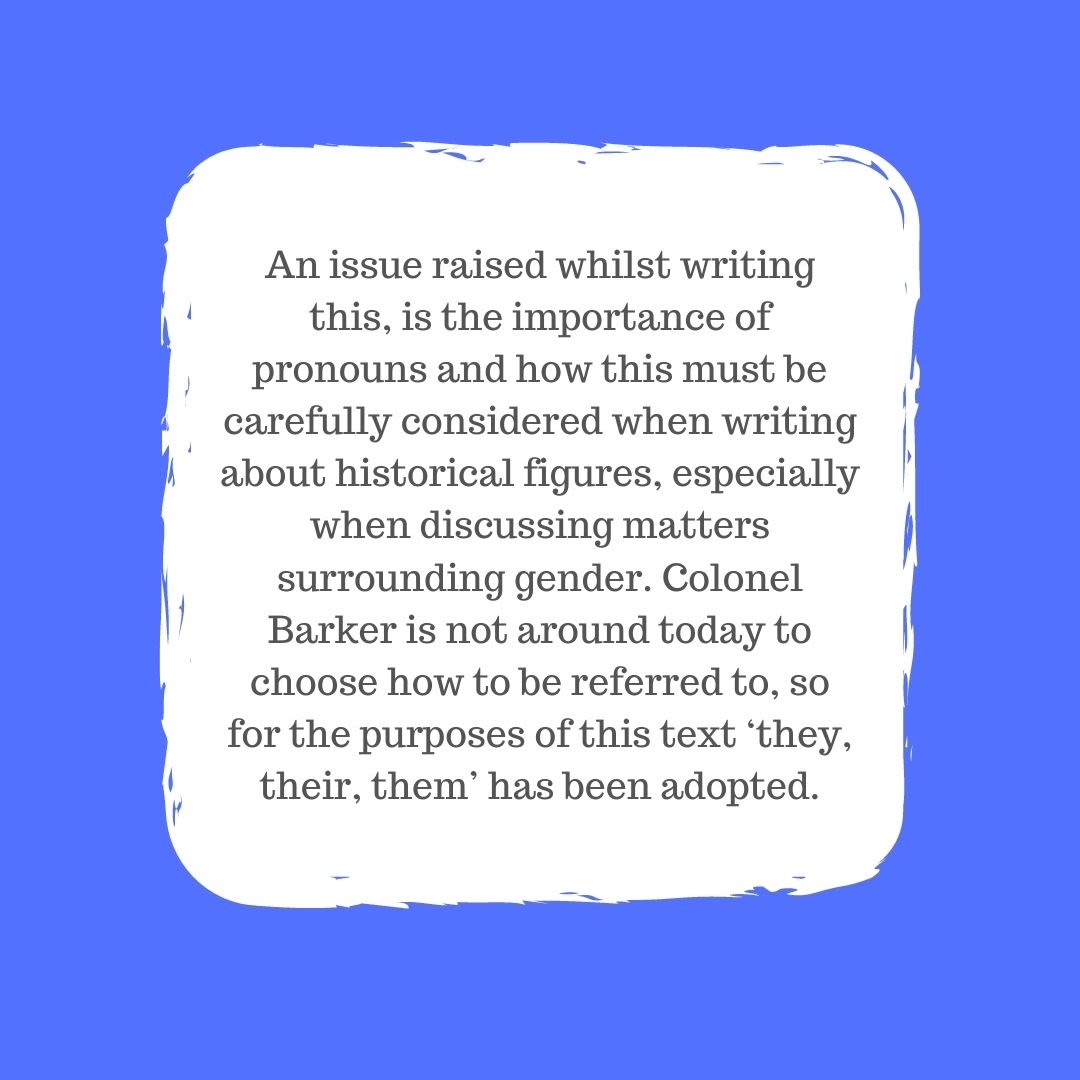
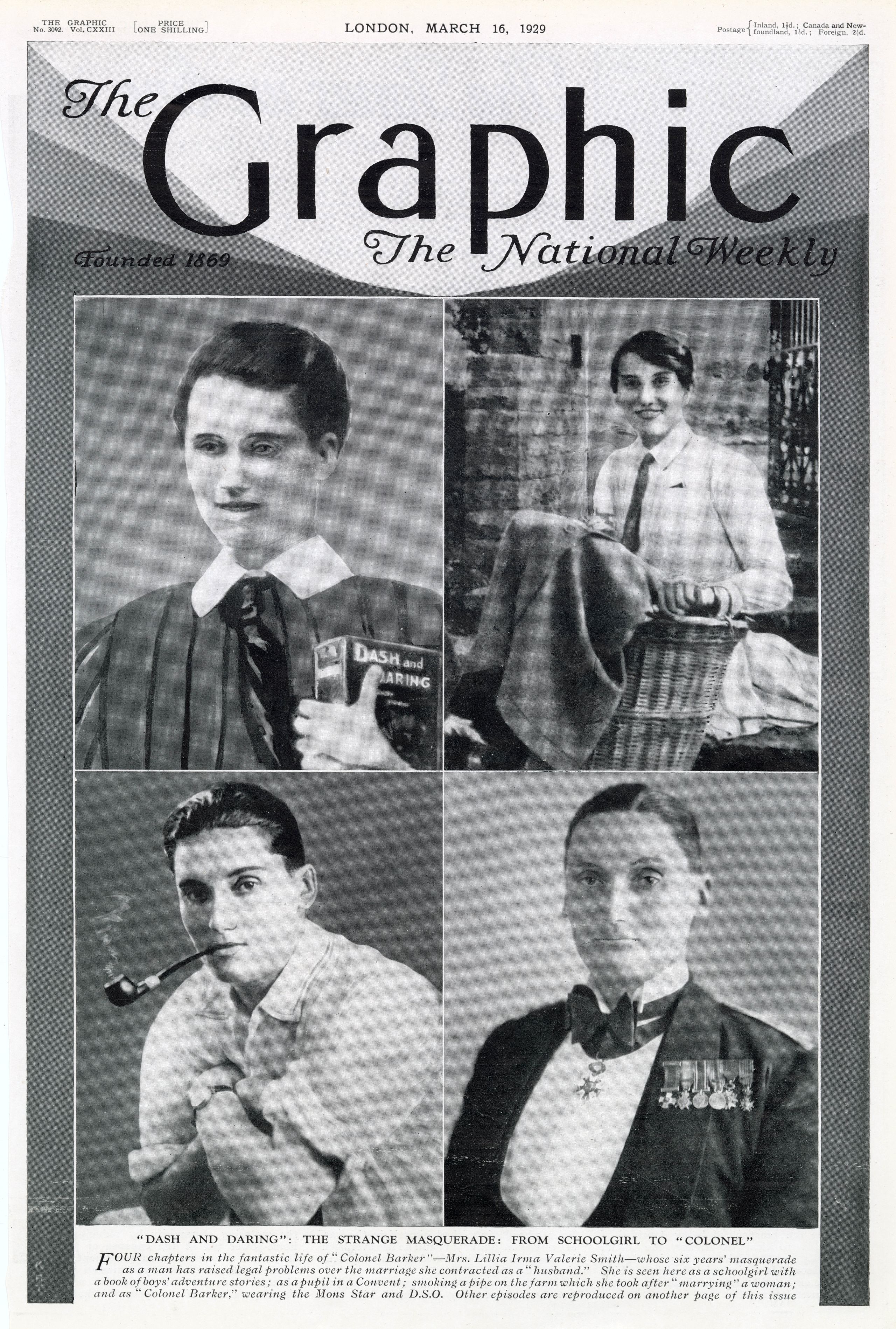
Image courtesy of LSE Library
Image courtesy of LSE Library
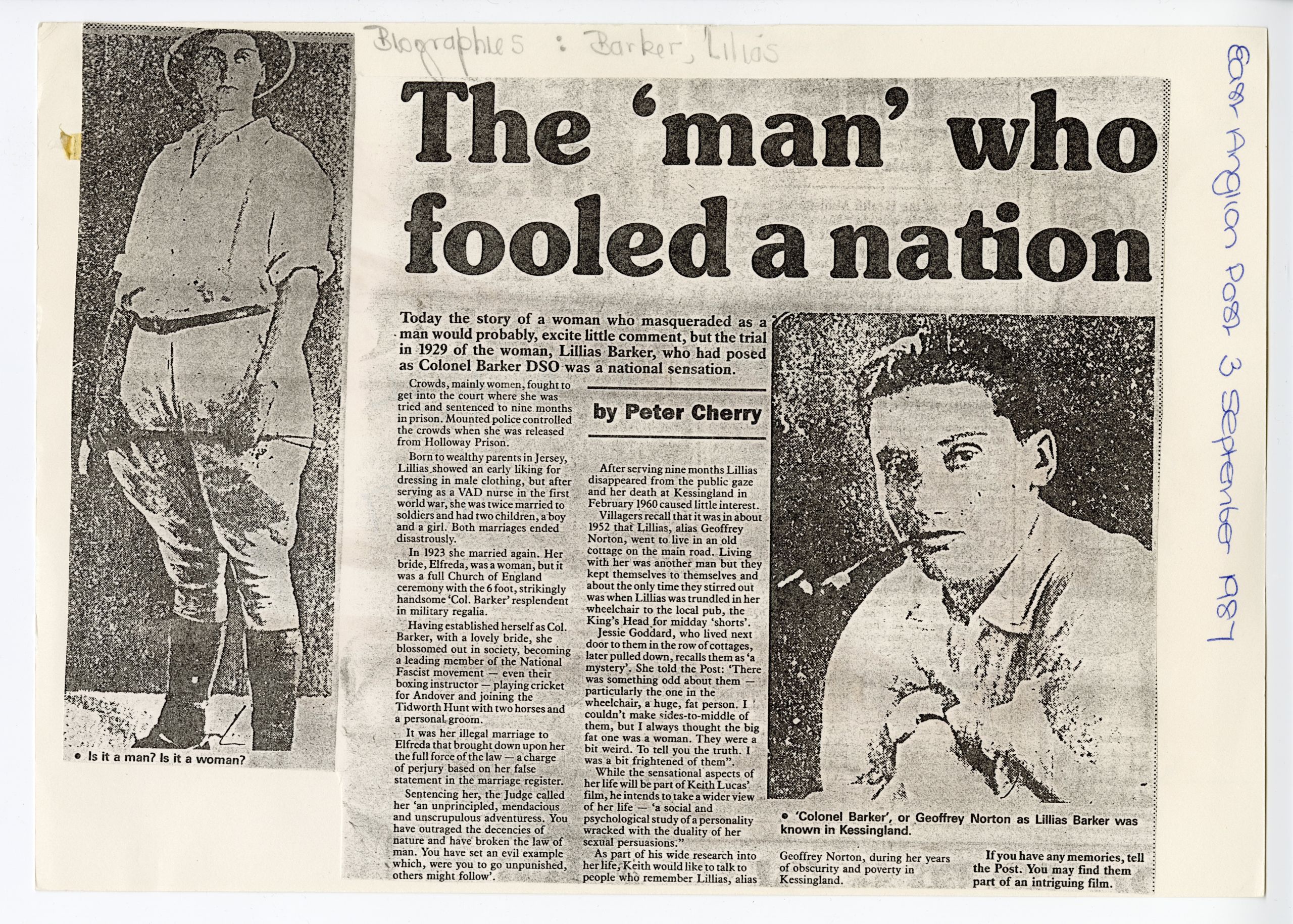
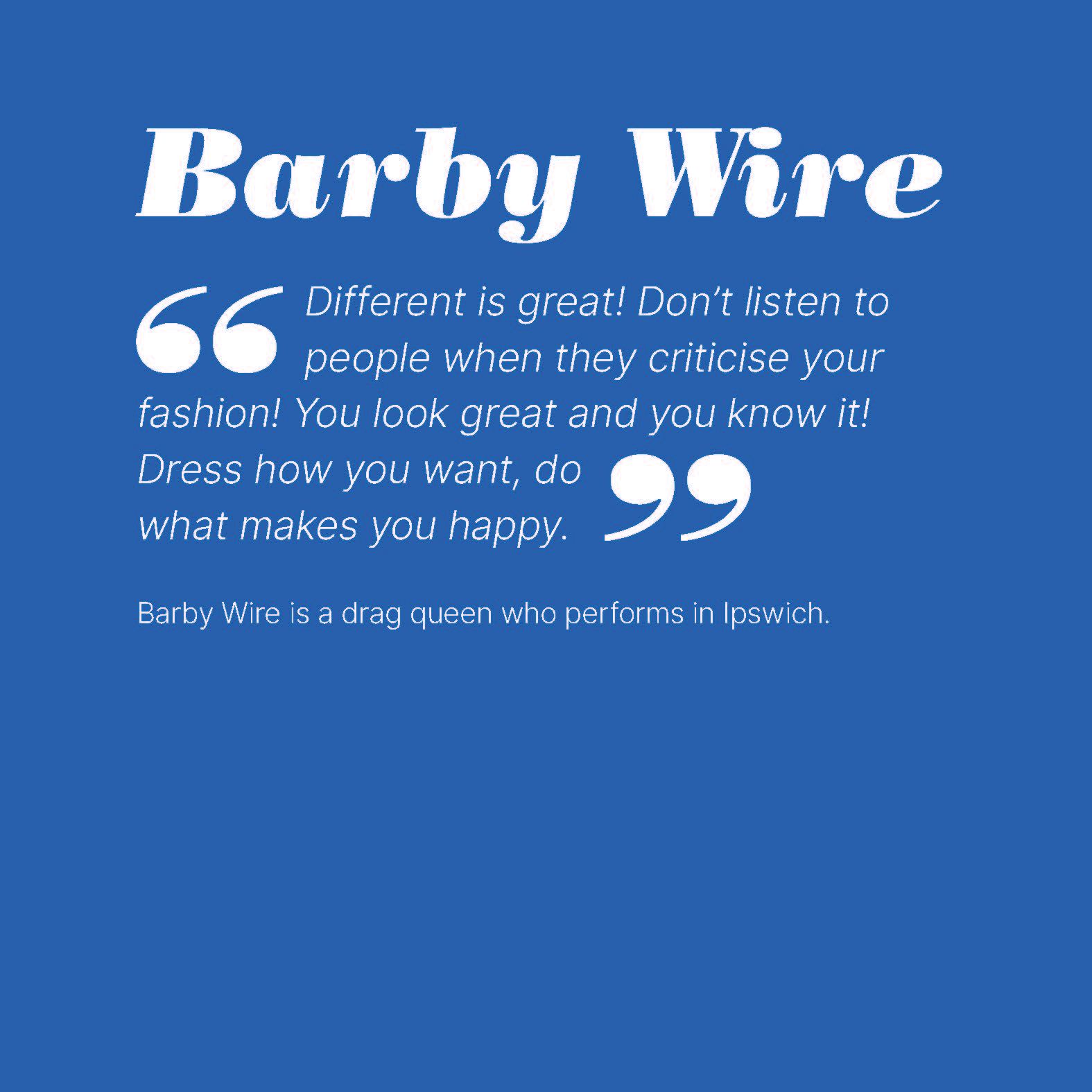
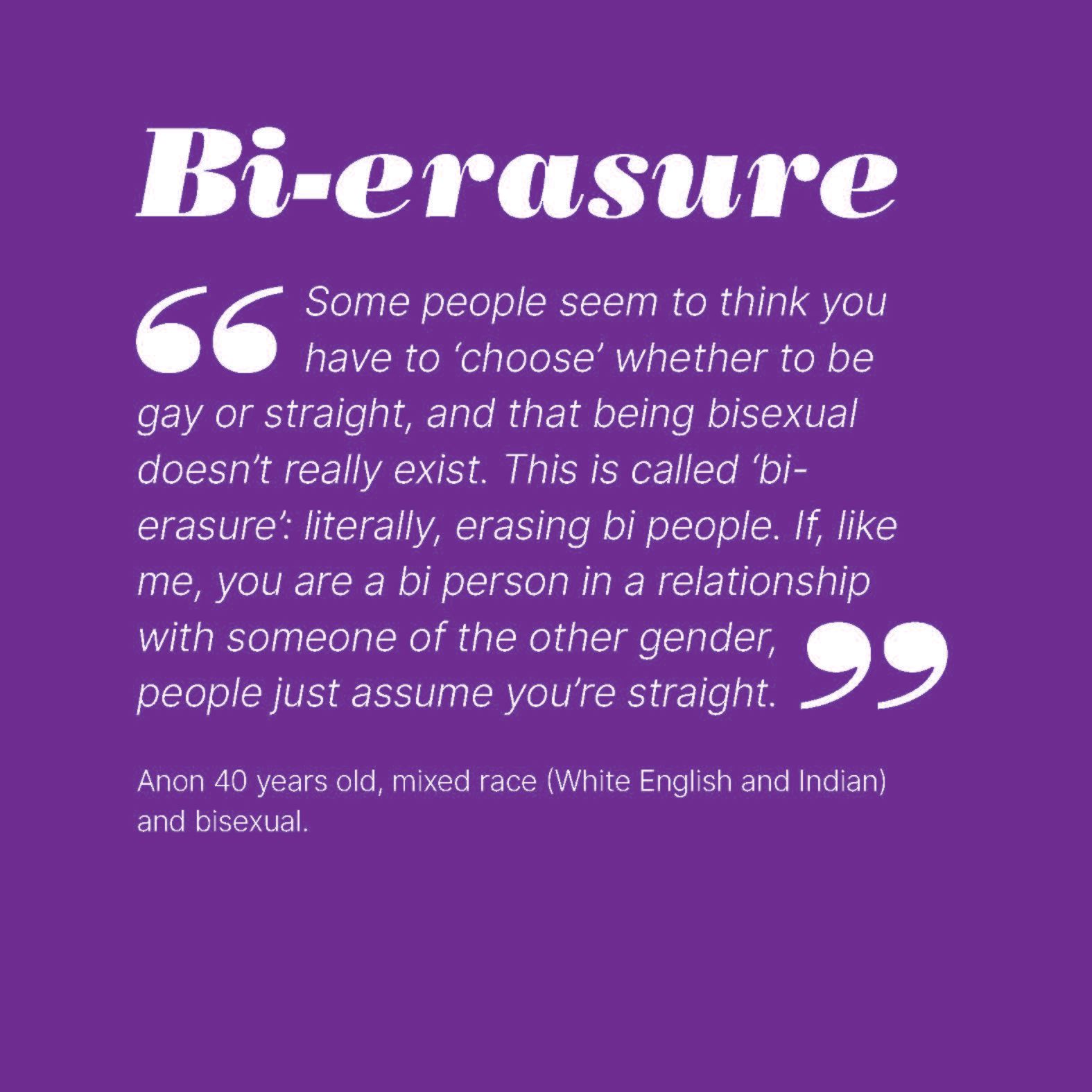

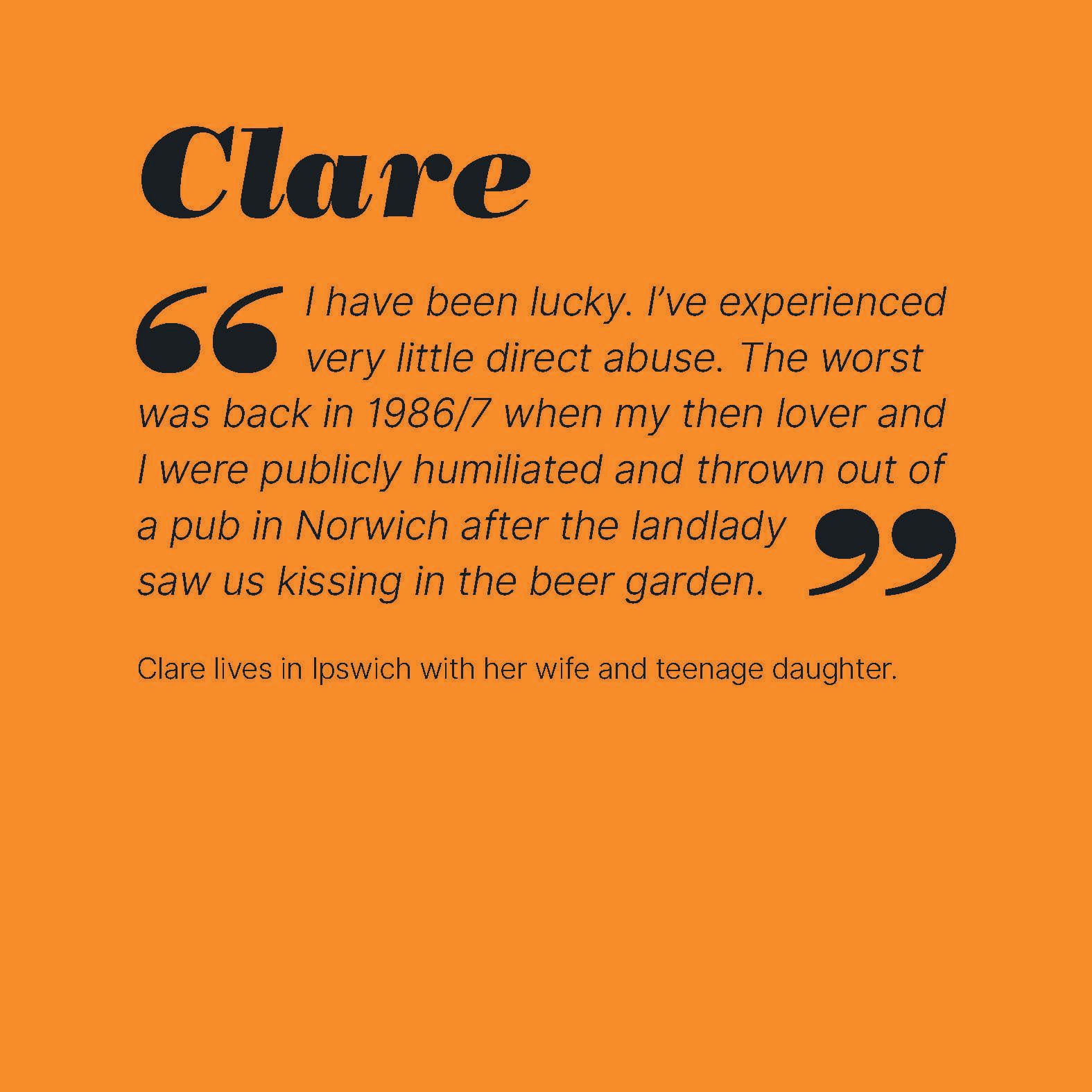




Dr William Crowther (1887-1972) was a village doctor for Cavendish, near Sudbury. In December 1947, he was arrested with a German Prisoner of War, Paul Kuehn, who was living at the Prisoner of War (POW) camp on Hardwick Heath in Bury St Edmunds.
A policeman found the two men in the back seat of Crowther’s car on a country lane near Whepstead. He did not accept their explanation that they had met for a language lesson and arrested them. Dr Crowther said he did not take Kuehn back to his house as it was 13 miles away and his housekeeper was anti-German. Both were tried for gross indecency.
They denied all charges, and 104 of Crowther’s patients signed a petition vouching for his good character. Despite this intervention, both men were found guilty. Kuehn was sentenced to six months in prison. Crowther was bound over for two years on condition he have no more contact with German POWs. He had already sold his medical practice and moved away from the village.
The decision to grant Dr Crowther clemency but sentence Kuehn to six months in prison makes us question whether social standing influenced the leniency of punishment. The judge said to Dr Crowther ‘I think the consequences will be most disastrous and I don’t propose to add to that punishment by sending a man of your education and ability to prison’, suggesting that his class and reputation of respectability prevented him from receiving a harsher sentence.
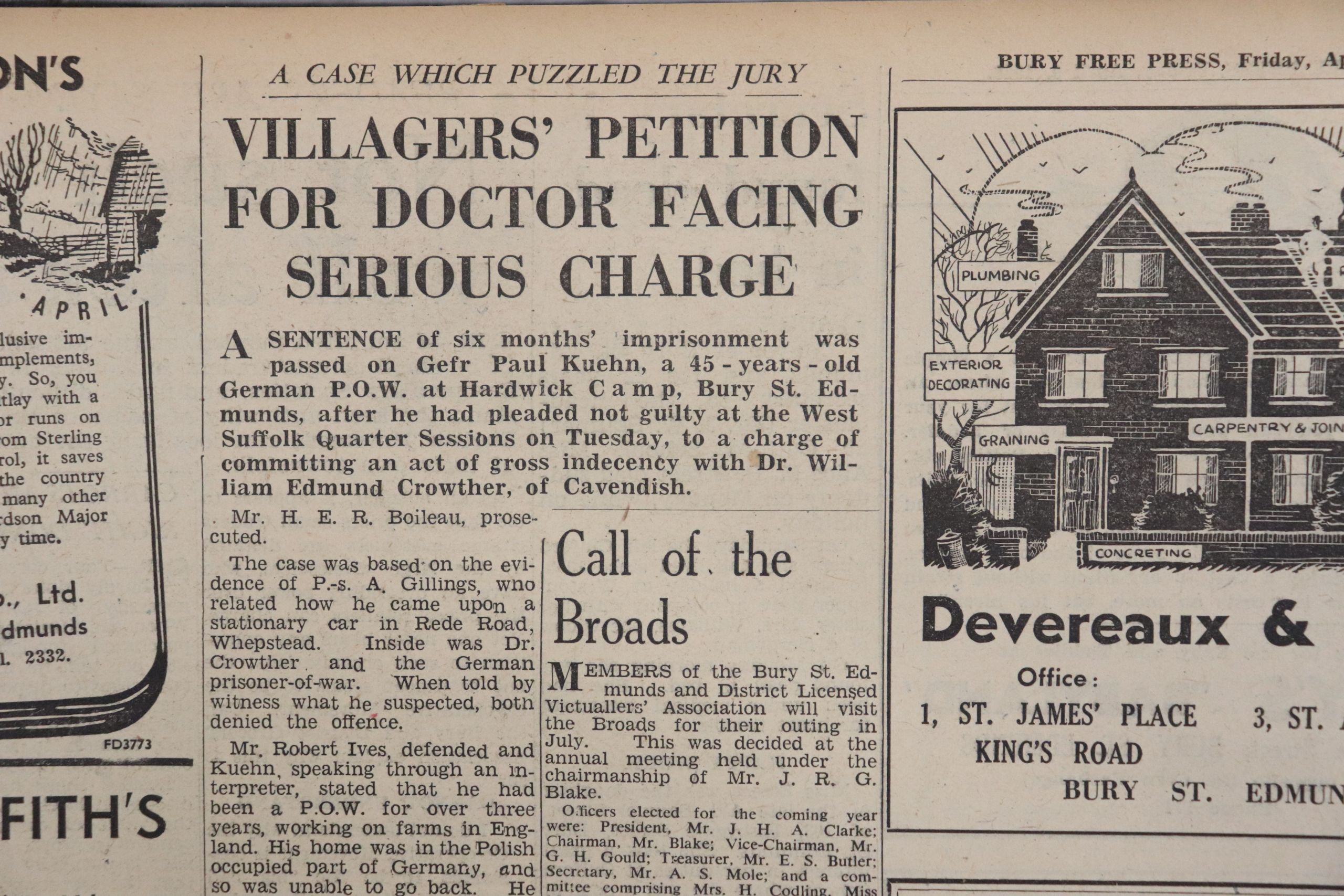
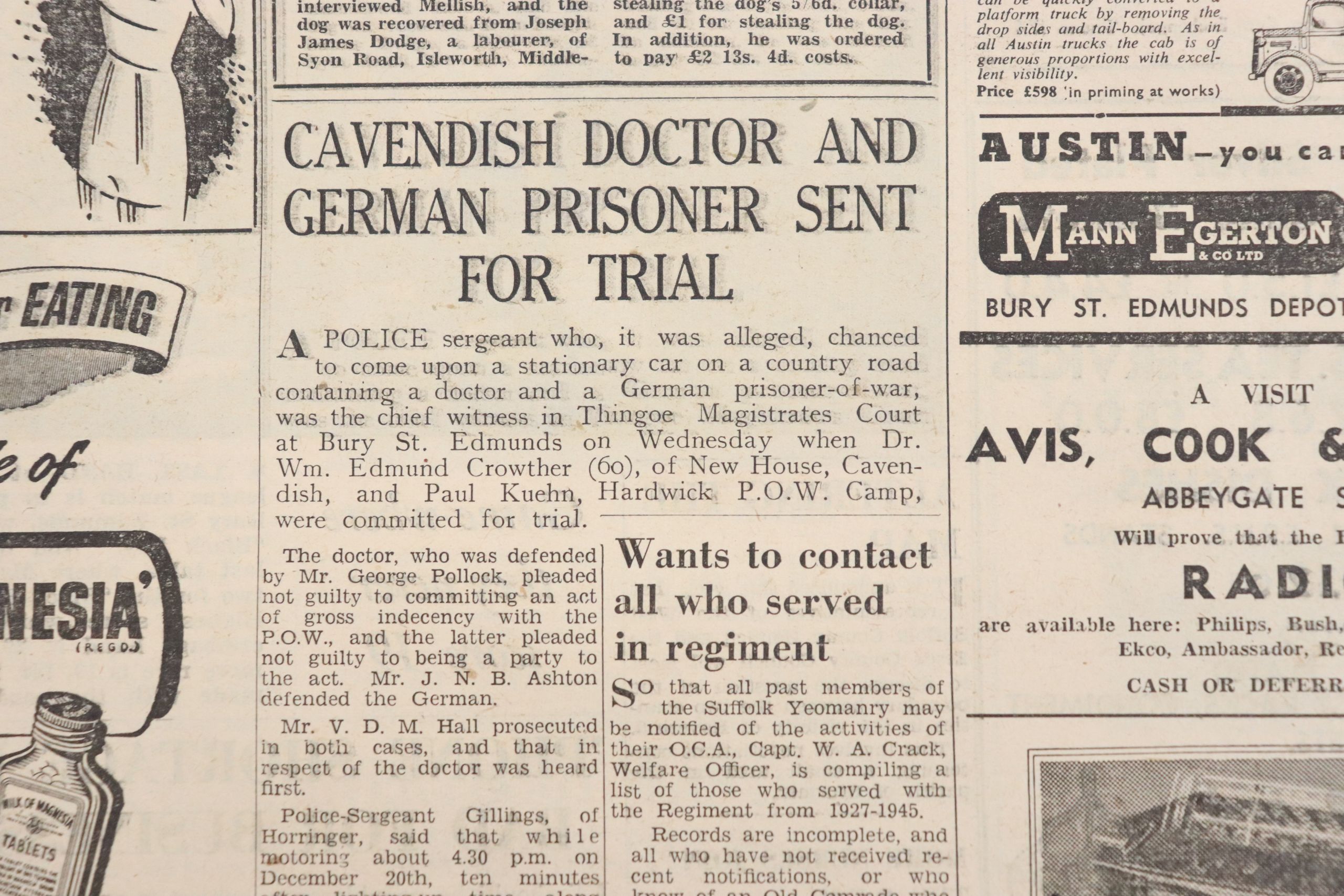
Northgate High School Diversity and Community Group
We are an inclusive group of students and staff at Northgate High School and Sixth Form in Ipswich. We are proud to be members of the Northgate Diversity and Community Group. As part of our group we celebrate the different backgrounds, cultures and identities that make up our vibrant school community and work on raising understanding and awareness of diversity issues both within school and locally.
We are so thrilled to be part of this ground-breaking exhibition celebrating Suffolk’s LGBTQ+ past, present and future. Being part of this pioneering work by Suffolk Archives and The Hold means so much to our group and our school. This is a chance for us to see real people and hear real voices and narratives that not only reflect Suffolk’s thriving and growing LGBTQ+ community but also offer us the chance to see ourselves reflected in its past. It is our chance to be a part of Suffolk’s story.
We have contributed a range of pieces to this exhibition such as poetry, art work, videos and written commentaries. We hope these represent the diverse nature of the young LGBTQ+ community in Suffolk today, whilst also posing both important questions and our hopes and dreams for the future.
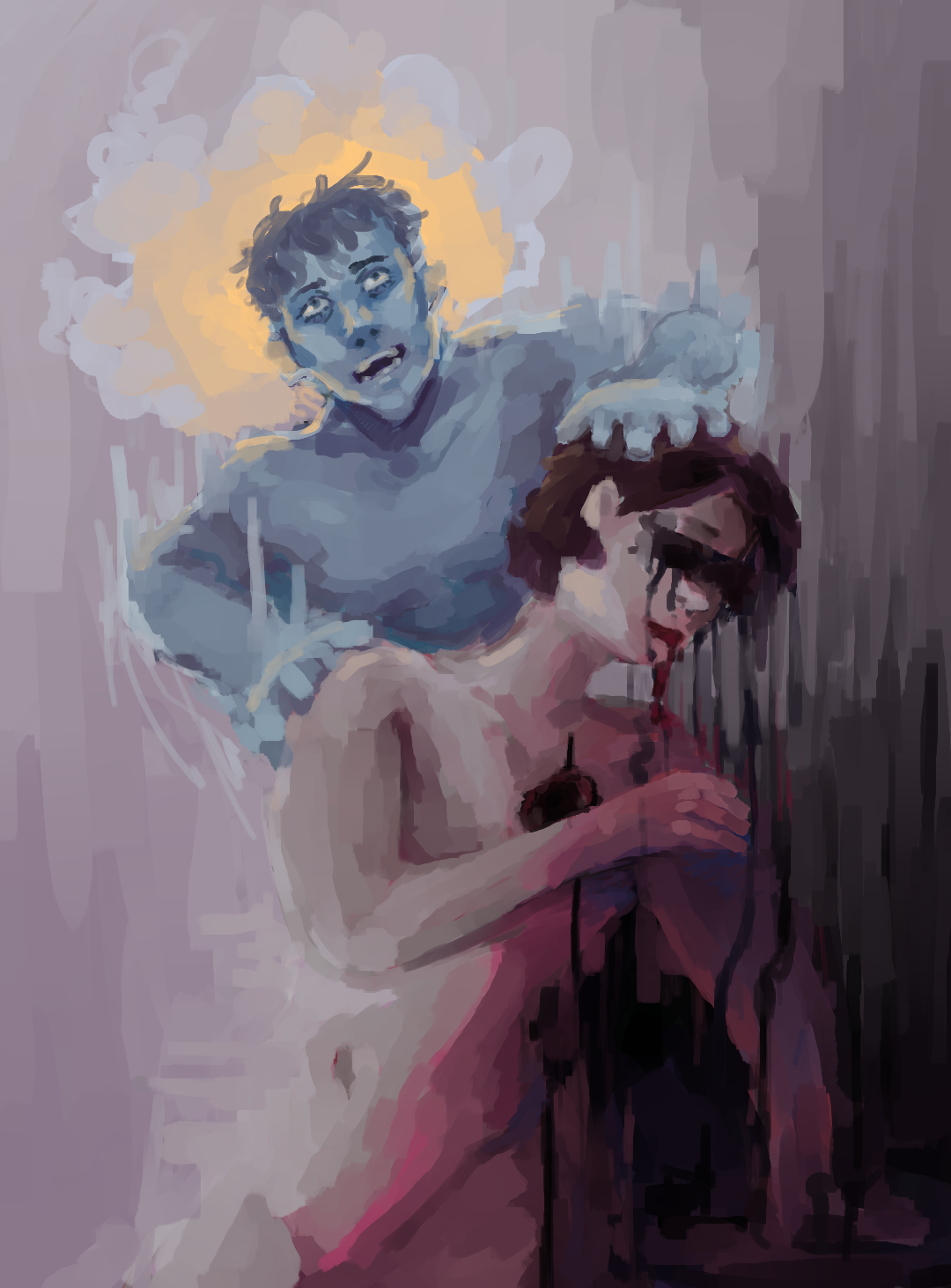
Dysphoreal
Dysphoreal
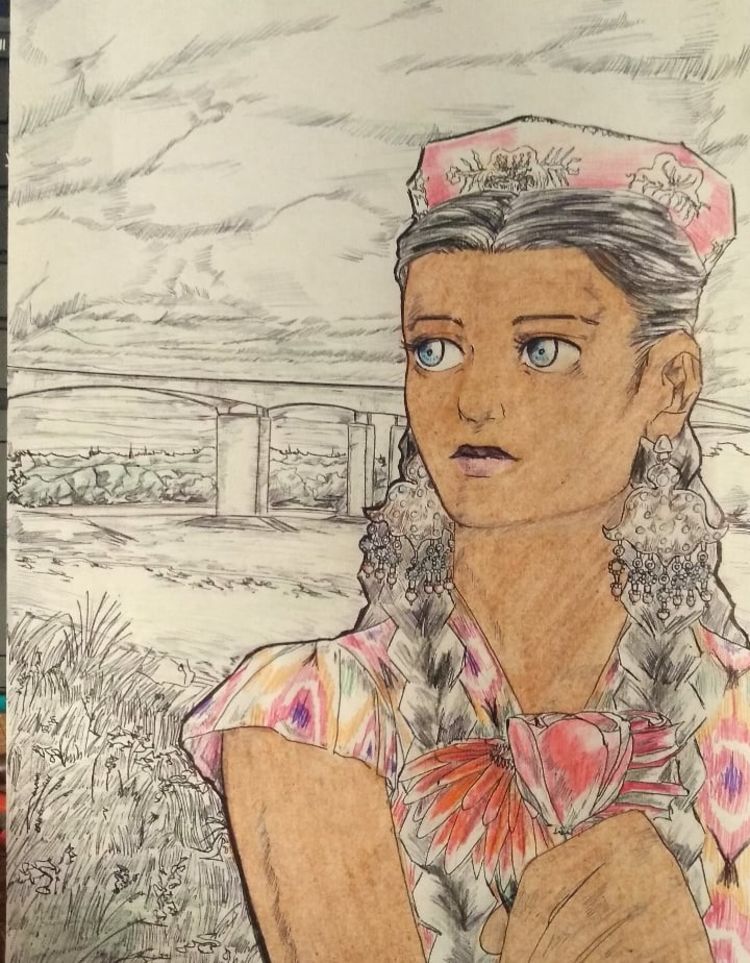
Untitled portrait
Untitled portrait
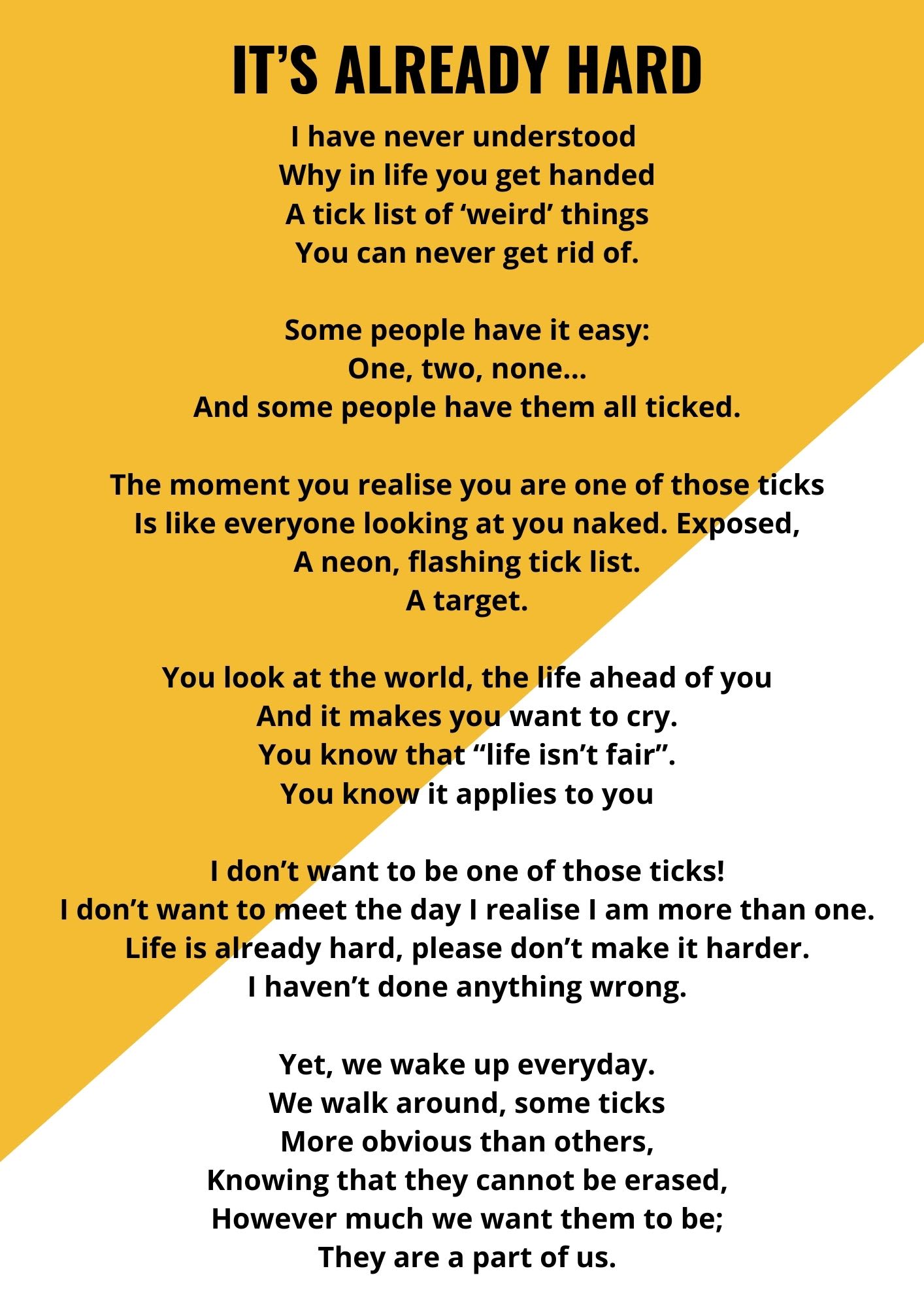
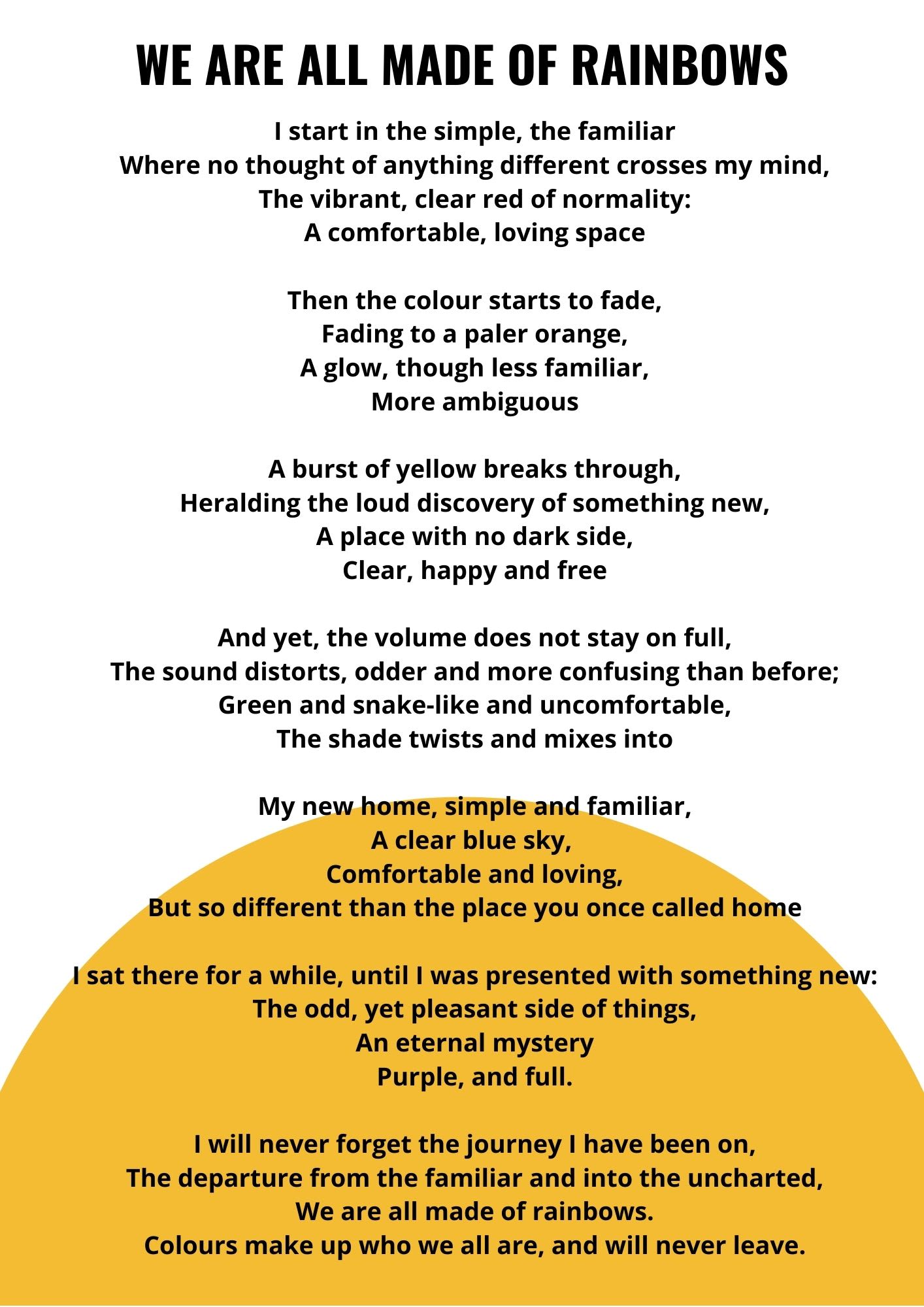
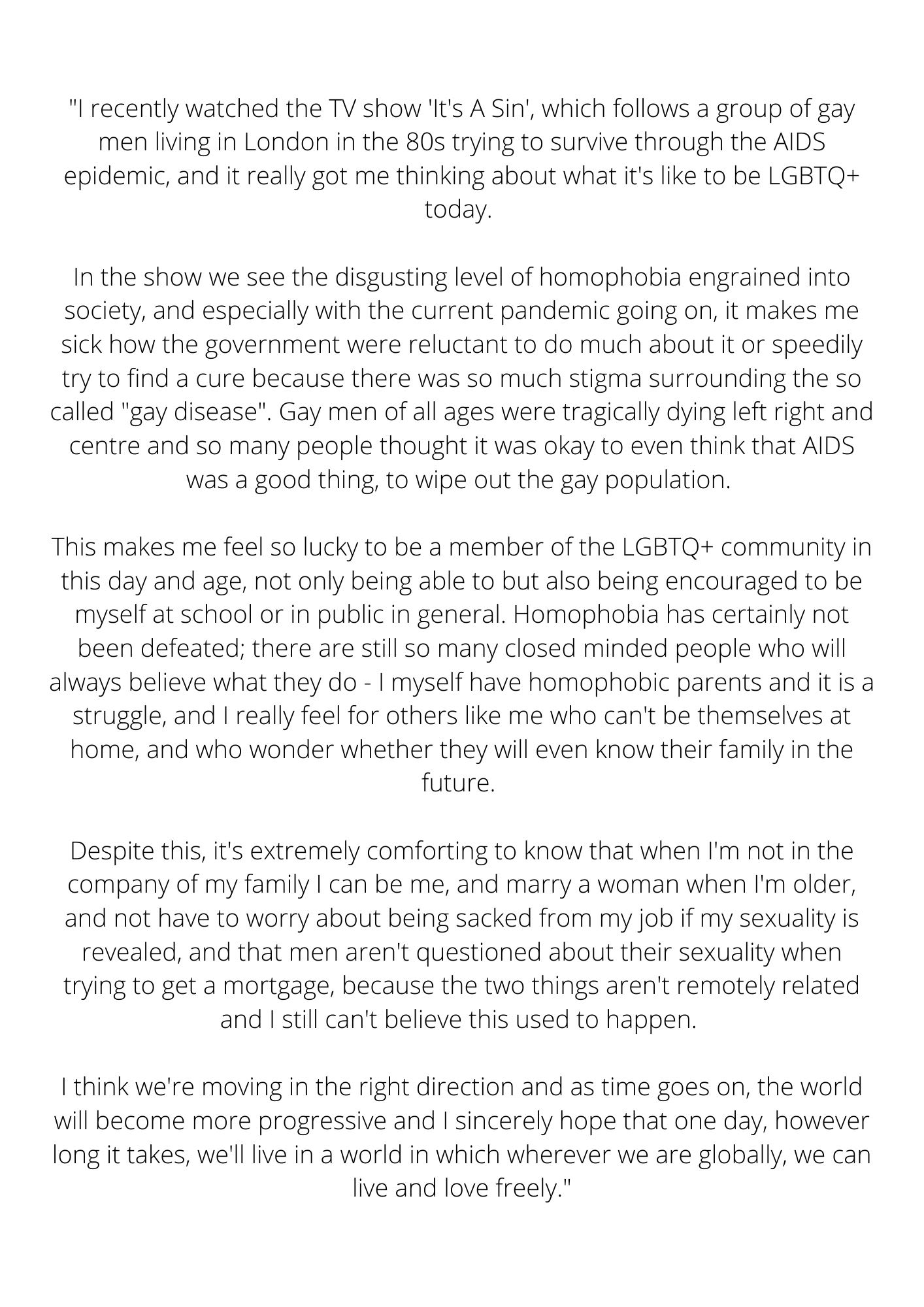



Explore more stories through the Pride in Suffolk’s Past book.
